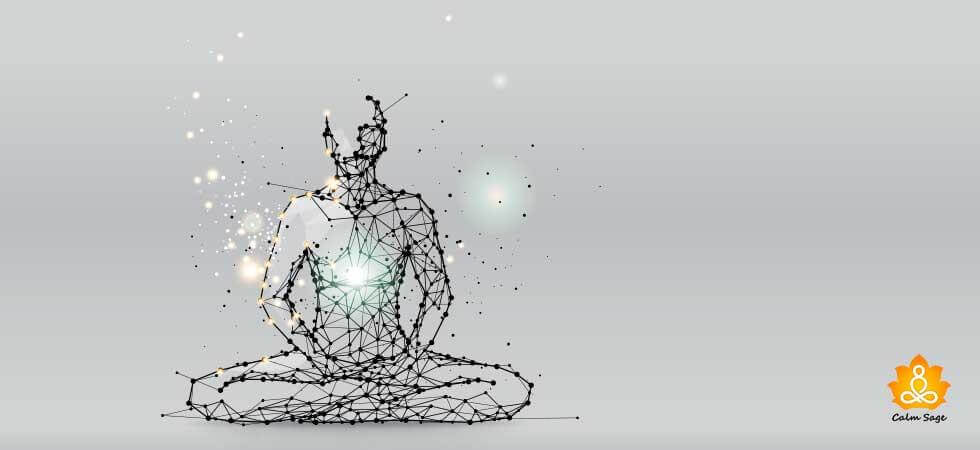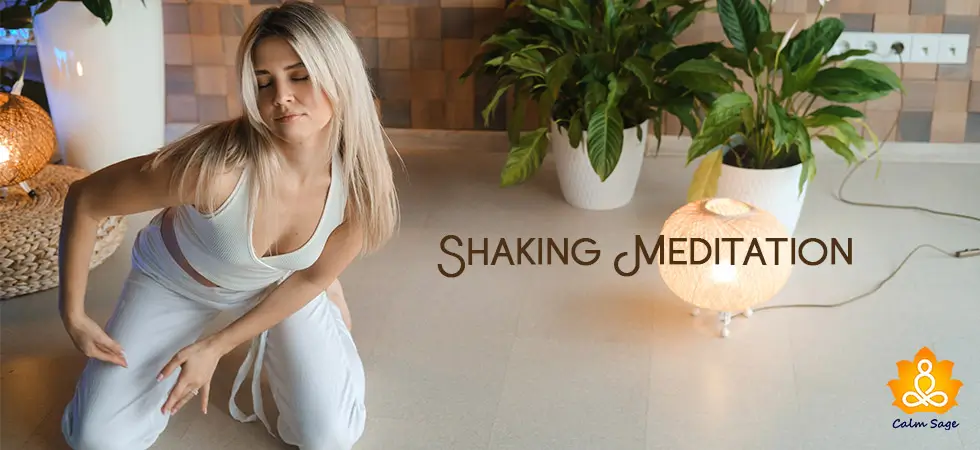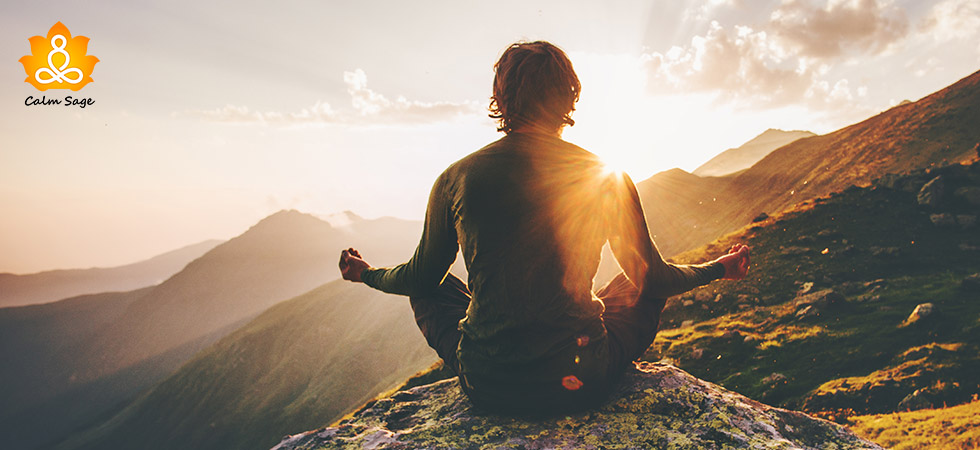What is Dynamic Meditation: Benefits and How to Practice it?

Meditation: suggested by all, practiced by few, and ignored by masses. Why is it such? Why do we not follow something which has its benefits for our overall health? Why do we still procrastinate and leave something so important behind?
List of Contents
One of the reasons is our busy schedules. The hectic schedules we follow every day and the way we keep ourselves on our toes can be a reason we procrastinate meditating.
Did you know that many studies over the years have shown that mental health problems in adults are increasing? I get that meditation is not easy (especially for beginners). I mean, it’s easy to feel frustrated when we can’t focus on a single thing, especially when we’re supposed to be relaxing.
So what can be done? What kind of meditation can help?
Dynamic meditation. This type of meditation involves moving your body while meditating. So no more getting bored and frustrated during meditation!
Below, let’s see what dynamic meditation is, the benefits, how to practice it, tips for beginners, and more!
What Is Dynamic Meditation?
Developed in the 1970s by Indian spiritual leader, Osho, dynamic meditation is a type of active meditation. This practice is more commonly referred to as “OSHO Dynamic Meditation” and is practiced to move still energy and invigorate the body and mind.
Dynamic meditation involves chaotic breathing (breathing without a set pattern), movement, or loud chanting.
Our busy lives have made it almost impossible to take time for ourselves. Dynamic meditation is the key to stealing small-time pockets in your routine. If done properly, you can enjoy the many dynamic meditation benefits like:
- Increased mindfulness
- Better mind-body balance
- Clarity of thoughts
- Lowered stress levels
- Enhanced decision-making
- And more…
Dynamic meditation can also help you maintain your thought process even when you’re working throughout the week. The main focus is to maintain the effects of regular meditation even when you are busy with your work life.
Dynamic Meditation Stages: The 5 Stages
Osho believed that meditating while sitting still is quite challenging. He believed that through movement meditation, one can find a silent focus while sitting, and meditating silently can make one too aware of the inner (and outer) chaos.
This OSHO Dynamic Meditation has 5 stages:
1. Chaotic Breathing: Deep breath and chaotically through your nose for 10 minutes. You can move your body naturally while breathing.
2. Explode! Let your body move and let go. Express whatever you need through your movements. Scream, shout, dance, cry. Hold nothing back during these 10 minutes.
3. Chant: With your arms raised above your head, jump up and down, and chant “HOO-HOO-HOO”. Keep chanting for 10 minutes. Exhaust yourself as much as you can.
4. Stop! Freeze wherever you are and remain in the same position for 15 minutes. Without moving your body or making any movement, just observe whatever’s happening to you.
5. Celebrate With Music: Using music and dance movement, celebrate these last few minutes. Celebrate and carry this liveliness with you throughout the busy day to keep your energy flowing.
How Is Dynamic Meditation Different?
The Indian spiritual leader, Osho believed that to express oneself, cathartic meditation was a need. For people with busy lives, it’s almost impossible to sit silently and meditate. He once said,
“I never tell people to begin with just sitting. With a mad dance, you begin to be aware of a silent point within you; with sitting silently, you begin to be aware of madness.”
Where traditional meditation requires you to sit silently and passively, dynamic meditation is all about movement and staying active throughout the meditation. In a way, dynamic meditation is about creating outer chaos to calm the inner chaos.
OSHO’s Dynamic Meditation is an hour-long meditation that is one of the most popular meditation forms for people who live an active lifestyle.
If you’re someone who prefers an active lifestyle and meditation process then dynamic meditation is for you!
During the hour-long meditation, your body is moving so your mind doesn’t get a lot of interruption time, does it? After you reach a point of stillness in meditation, all you have to do is focus on the sensations in your body and be in the present moment.
How To Start Dynamic Meditation?
The best way to start dynamic meditation is to…just begin! Yes, it’s that easy! The beauty of this meditation is that you are your guru and you can begin wherever and however you want.
A helpful tip: It’s recommended that you practice dynamic meditation in the morning as this meditation helps activate your energy and you get to carry around that energy with you all day long.
Here are some additional tips to help you out:
- Dynamic meditation is all about moving. It’s not like yoga. Moving your body however feels comfortable for you.
- Allow your body to move naturally rather than controlling your body’s movements.
- Practice in a spacious room where you can move without worrying about bumping into things.
- This dynamic meditation is about breaking the old mind-body pattern, so when you practice this meditation, you’ll experience feelings of freedom.
- To practice dynamic meditation you must be alert and mindful.
- During the first stage of dynamic meditation, do not get lost breathing. Be aware of your breathing. Try to breathe fast and use all your energy in the process.
Why Practice Dynamic Meditation?
Being “dynamic” gives you a chance to be active and change the way traditional meditation is practiced. If you often find yourself struggling to concentrate during meditation, you must try Osho’s Dynamic Meditation or other movement meditations.
Moving around unblock the stagnant energies such as prana, chakras, emotions, and kundalini energy.
This dynamic meditation is neither particularly spiritual nor religious but it’s about connecting with oneself, healing, physically exercising, and changing the mind-body connection. Dynamic meditation is about emotions rather than religious practices.
According to Osho,
“Meditation starts by being separate from the mind, by being a witness. That is the only way of separating yourself from anything.”
“If you are looking at the light, naturally one thing is certain: you are not the light, you are the one who is looking at it. If you are watching the flowers, one thing is certain: you are not the flower, you are the watcher…As you watch, slowly your mind becomes empty of thoughts; but you are not falling asleep, you are becoming more alert, more aware.”
Hope it helps. Do let us know your experiences of dynamic meditation in the comments section below, we would love to hear from you guys. You can also write to us at info@calmsage.com or DM us on our social media.
Thanks for reading!
Take Care & Keep Meditating!




















